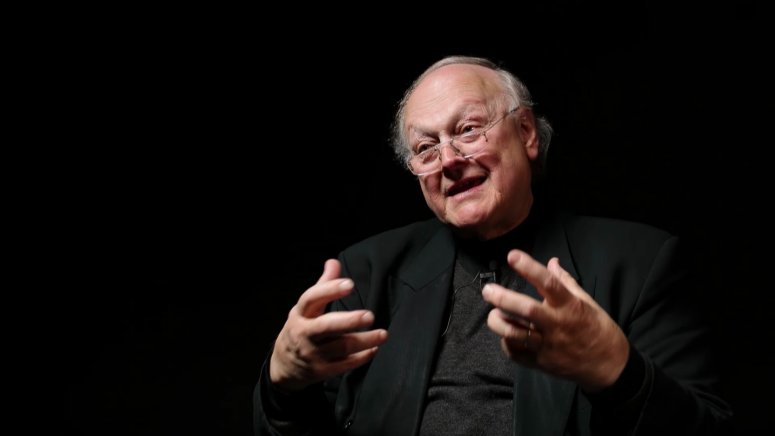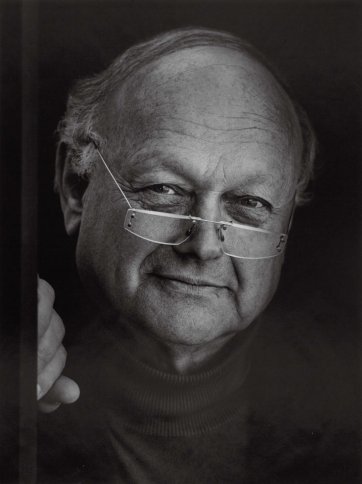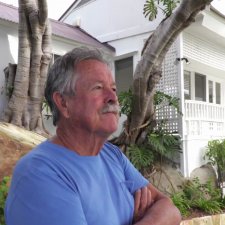Glenn Murcutt AO (b. 1936), architect, received the world's highest architectural honour when he was awarded the Pritzker Prize in April 2002. Having spent a good deal of his youth in New Guinea, where he learned to love simple shapes and materials, Murcutt only just scraped into a university architecture course at the University of New South Wales, graduating in 1961. As a student, he drew on principles he had learned while working for his father, who had a number of building businesses in Sydney after the war. Murcutt is unusual among Pritzker winners in that he works alone, mostly on residential homes; he has never made a skyscraper or a tourist attraction; and he uses mostly basic materials. By using shades, louvres, fully opening walls and carefully planned ventilation he enables his buildings to respond instantly to changing conditions and requirements. His overriding design philosophy is that dwellings should 'touch the earth lightly'. There are several books about his work, including Leaves of Iron (1991) and Touch This Earth Lightly (2000) by Philip Drew and Glenn Murcutt: Buildings + Projects 1962–2003 (2003) by Françoise Fromonot. Murcutt's Islamic Centre project, an unconventional mosque in suburban Melbourne, is at the heart of an intimate film about Murcutt by Catherine Hunter, Glenn Murcutt: Spirit of Place (2016). He is a Professor at UNSW, and is the principle 'master' on the Architecture Foundation Australia annual International Architecture Master Classes.
Collection: National Portrait Gallery
Purchased 1999
© Montalbetti & Campbell
The National Portrait Gallery respects the artistic and intellectual property rights of others. Works of art from the collection are reproduced as per the
Australian Copyright Act 1968 (Cth). The use of images of works from the collection may be restricted under the Act. Requests for a reproduction of a work of art can be made through a
Reproduction request. For further information please contact
NPG Copyright.























